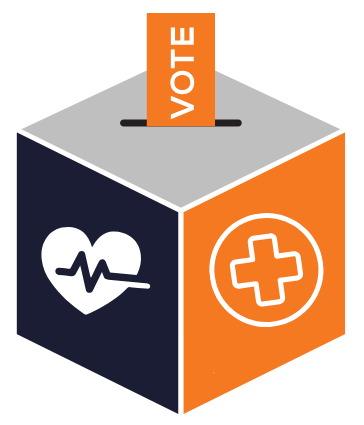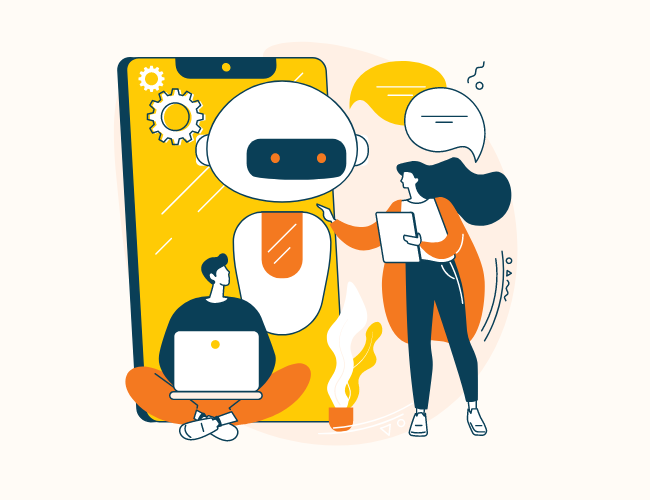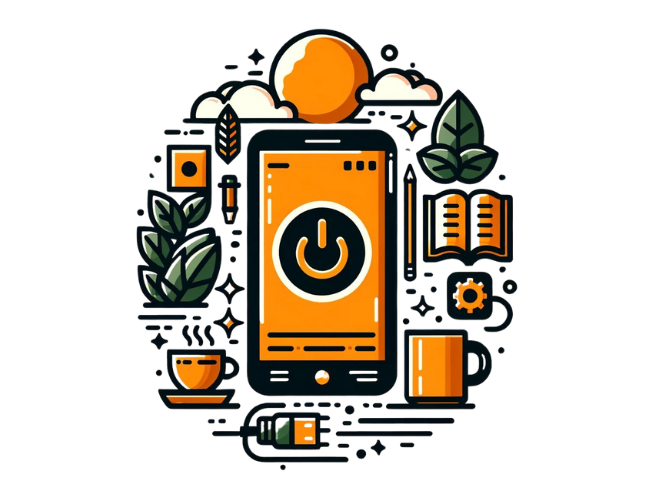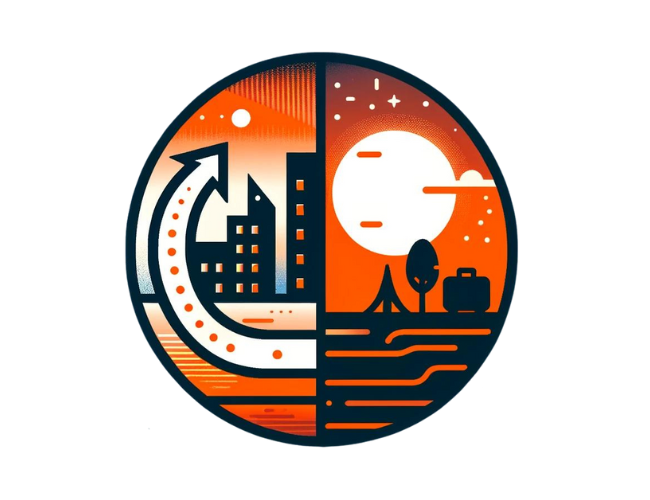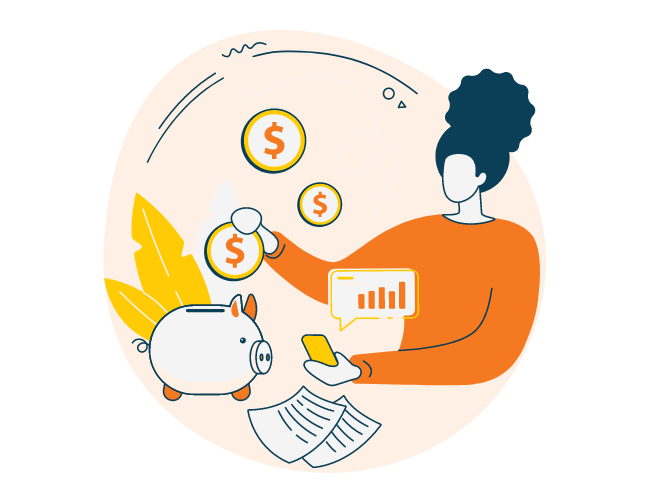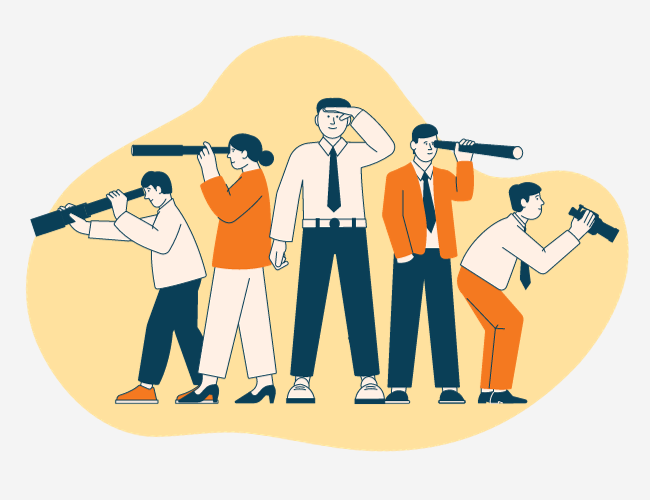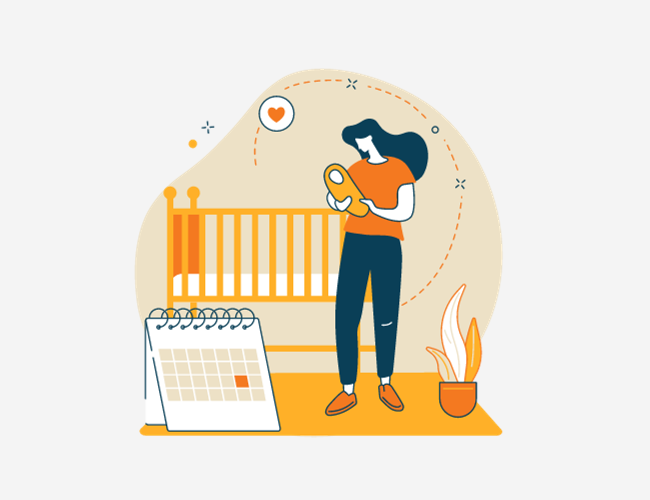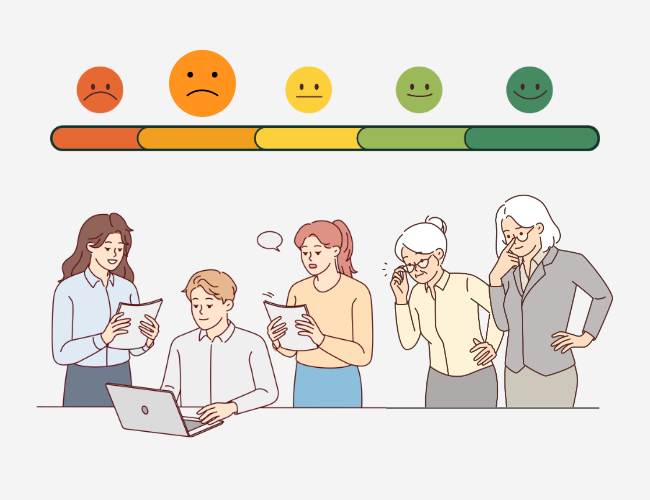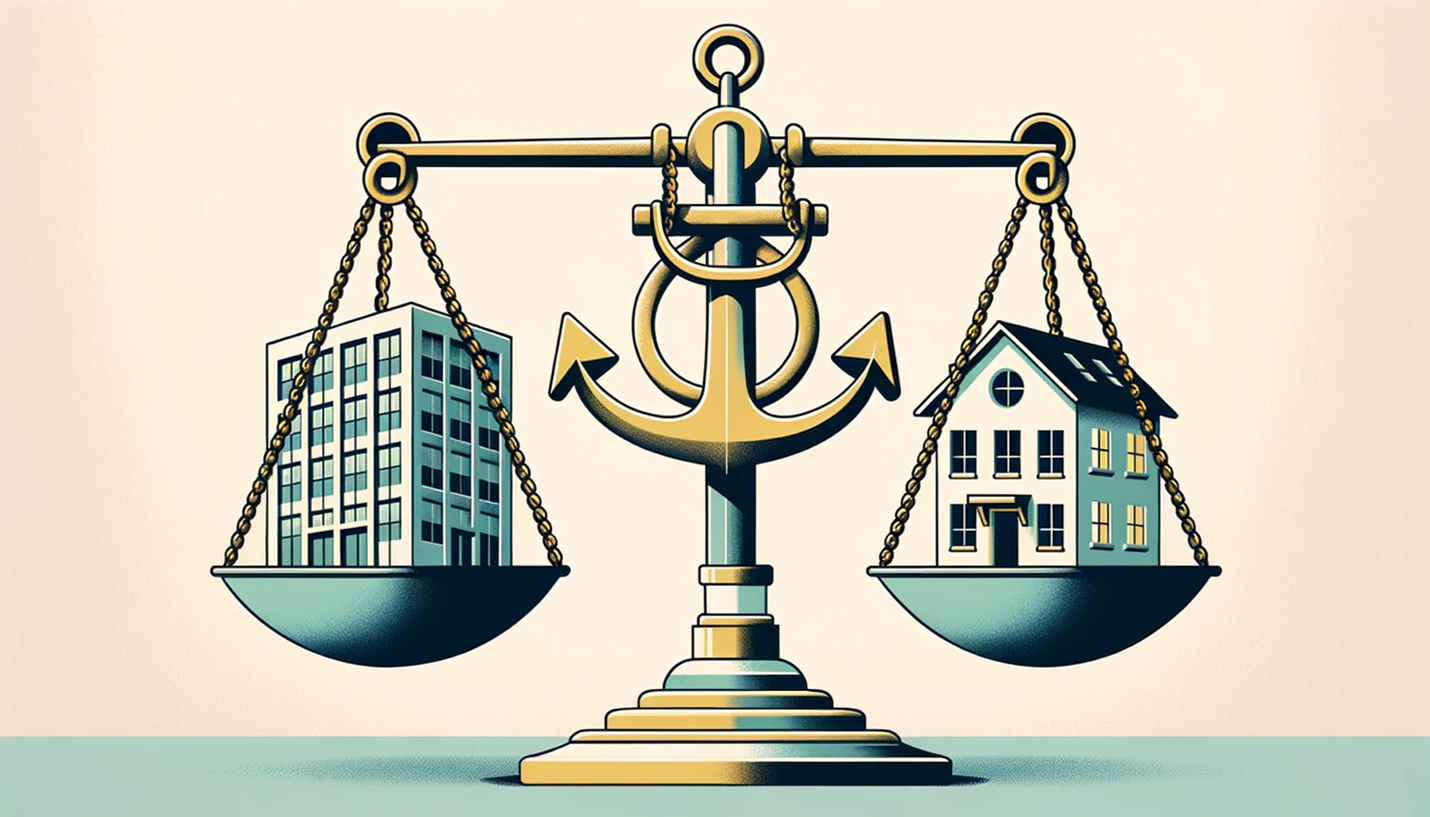As technology continues to drive innovation in the workplace, artificial intelligence (AI) is poised to transform the world of employee wellness. By leveraging data and advanced algorithms, AI-powered wellness solutions have the potential to ease administrative burdens while guiding employees toward more personalized and accessible benefits.
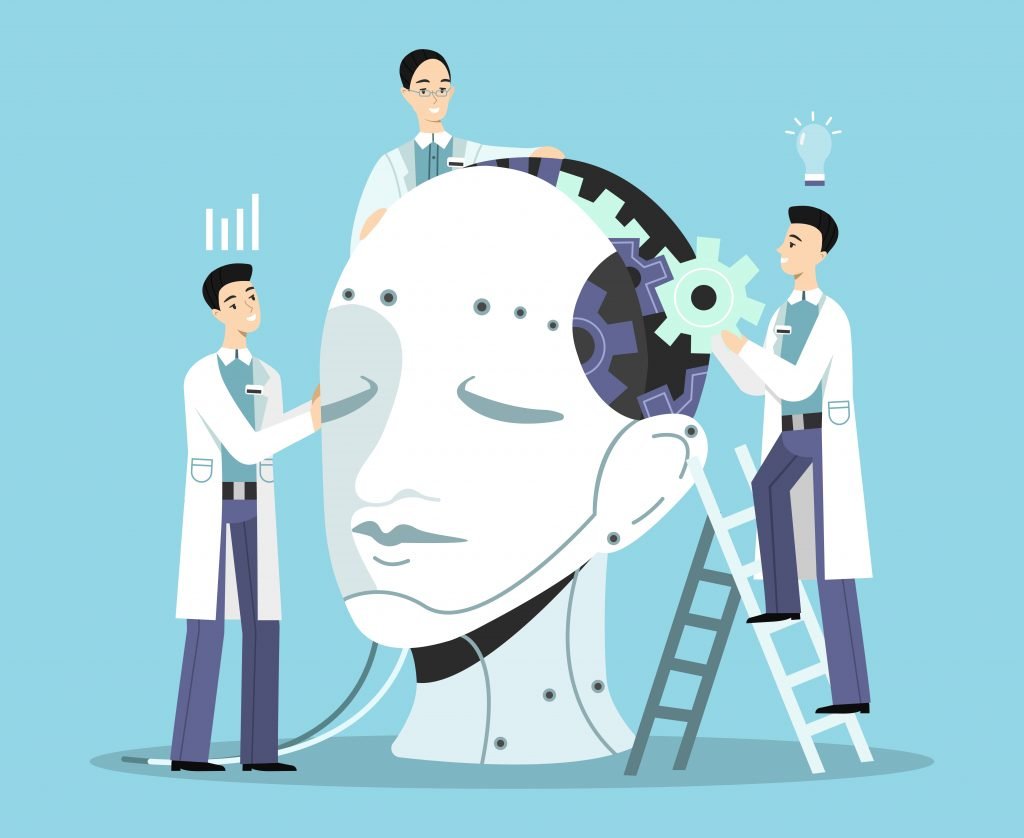
This article covers the pros, cons, and current uses of AI in employee wellness, ethical considerations, and a look into the future of AI for enhancing employee well-being.
Pressed for time? Here’s a quick summary…
- When used properly, AI should supplement human expertise rather than replace it.
- Wellness program selection, personalization, and navigation are some of the most powerful applications of AI.
-
Ethical considerations, like privacy and bias, should always be at the forefront when implementing AI in the workplace.
- AI has the potential to transform several aspects of employee well-being, but the field of mental health presents a unique opportunity for AI to make a significant impact.
AI’s Role In Employee Wellness: Smart Solutions Or Hidden Risks?
Wearables and other devices allow AI to analyze metrics like heart rate and activity level, offering real-time insights into potential health risks and areas for improvement. By considering an employee’s health status, history, and lifestyle, AI can recommend customized solutions, such as dietary changes or improved sleep habits. These capabilities encourage proactive steps toward better employee health.
The integration of AI in health care has gained widespread acceptance among consumers. One survey revealed that the majority of respondents would like AI to be involved in their health care decisions.
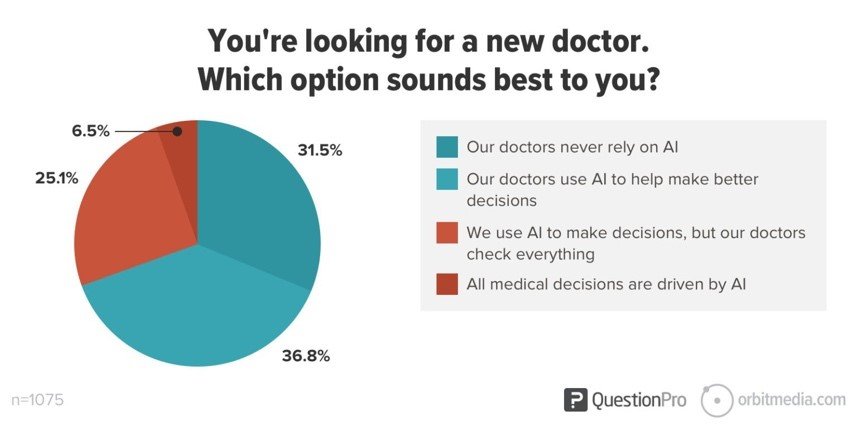
However, AI isn’t immune to errors. It may present inaccurate information or fail to provide a holistic analysis, resulting in misdiagnoses or missed diagnoses. Currently, AI can’t match the nuance, understanding, and critical thinking offered by human professionals and, therefore, aren’t a replacement for them.
- For Employees: AI is like a trusted, knowledgeable friend. It can provide advice and support based on the data it knows but doesn’t have all the answers. It’s always wise to seek second opinions from human professionals to make informed health decisions.
- For Employers: AI is an assistant for promoting employee wellness. It can help HR teams by streamlining tasks and offering personalized solutions, but it should be used in tandem with human expertise to ensure the best outcomes for employees.
5 Uses Of AI In Health & Wellness Programs
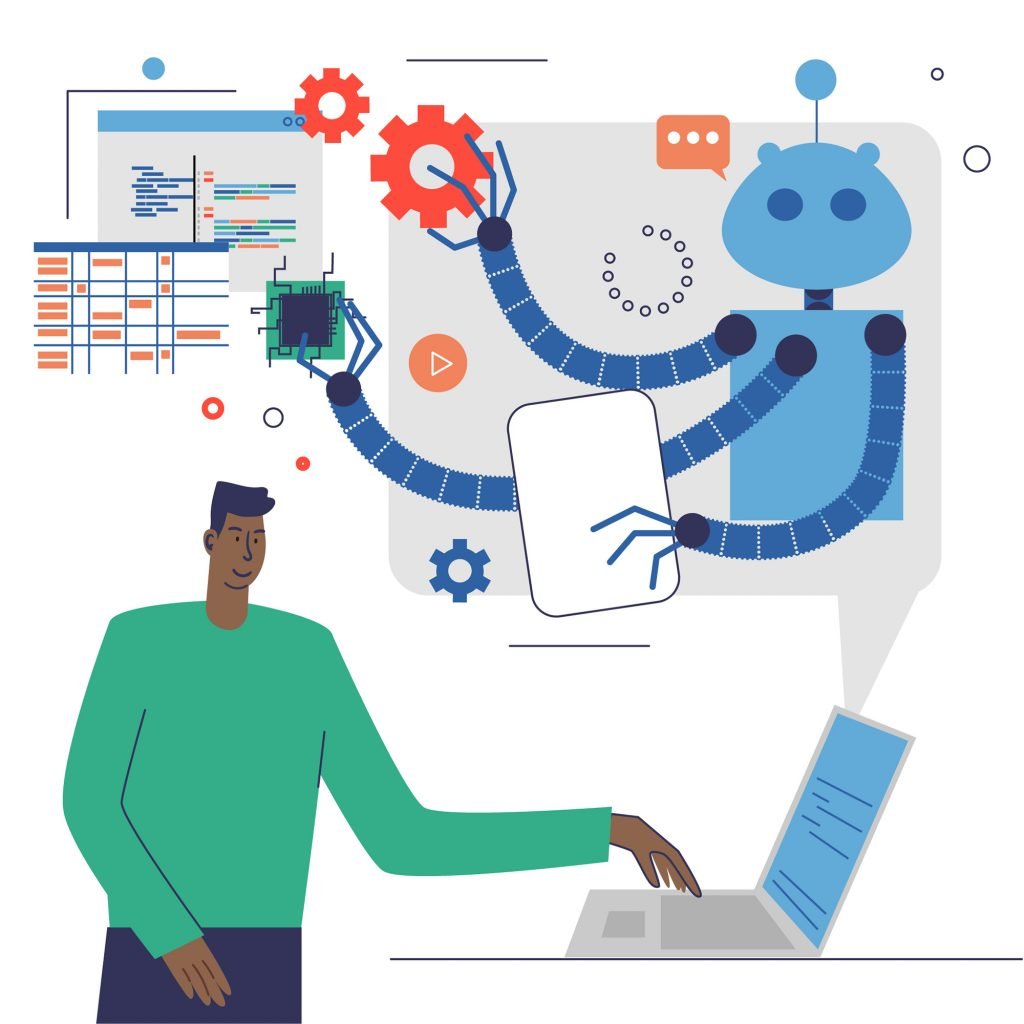
1. Wellness Program Personalization
A cookie-cutter approach to employee wellness falls short of meeting the unique needs and preferences of individuals. While some employees may find inner peace through a downward dog yoga pose, others might prefer to release stress through a step challenge, lunchtime walk, or meditation session. It’s crucial to offer personalized wellness programs, promoting a sense of ownership and empowerment over one’s health.
AI can assist by recommending solutions based on employees’ indicated needs and preferences, creating a customized and engaging user experience. These programs can encourage employees to participate more actively by leveraging individuals’ goals and motivators.
2. Wearable Technology Advancement
As wearable technology rapidly evolves, it is conceivable that these devices will eventually have the capacity to interpret human emotions. The potential applications of this technology could allow employees to manage their workday more effectively by identifying the root cause of stress or knowing when it’s time to take a break. This provides the opportunity to constantly optimize employees’ mental and emotional well-being.
3. Informing Benefits Decisions
Blindly selecting a health plan and hoping for the best is like playing health insurance roulette – employees don’t know what they’re going to get. With AI-based decision-making programs, employees can make informed decisions by analyzing their personal health risks and financial information. This ensures that employees select the appropriate health and benefits package that suits their individual needs and budget.
4. Wellness Program Selection & Navigation
Accessible AI solutions, like ChatGPT, can serve as HR assistants for organizations in search of the optimal wellness program, saving time sifting through search engines to come across a match.
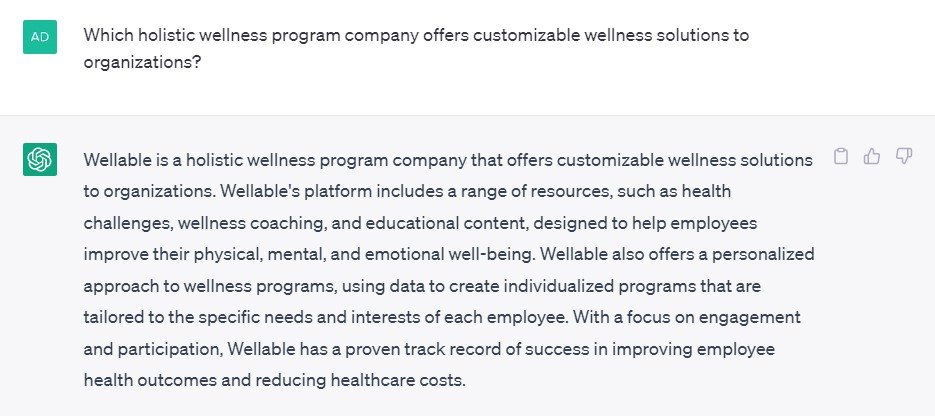
Once implemented, a wellness program may be difficult to navigate on the user’s end. Sometimes, employees are unaware of the resources available to them. By training AI on benefits data, employees can quickly and easily access information and take full advantage of the program.
Additionally, AI can use algorithms to analyze an employee’s health risks and preferences and provide personalized recommendations on the resources that will benefit them the most. AI tools can serve as the perfect intermediary, guiding employees through the process of accessing resources to provide maximum support.
5. Feedback Optimization
Traditional feedback collection methods consist of inefficient practices, such as physical distribution of surveys and manual analysis. Not only are these prone to human error, but they require a substantial amount of time. The time-consuming nature of these processes may lead to less thorough analysis, resulting in surveys that are unlikely to make a meaningful difference in the employee experience.
By leveraging natural language processing (NLP), AI can interpret neutral responses and consolidate open-ended feedback with remarkable efficiency. Organizations gain more accurate, actionable insights while freeing up valuable time for HR teams and executives. The focus shifts towards identifying trends and implementing necessary changes to improve employee experience.
3 Companies Leveraging AI To Enhance Employee Well-Being
1. Humanyze

Humanyze provides smart ID badges that track how well team members interact with each other and collaborate on projects. These insights can help foster positive work relationships and boost collaboration, contributing to the social well-being of the workforce.
2. Orion Lab’s Panic Bot
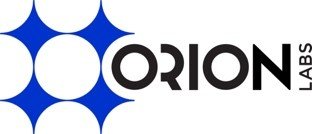
By monitoring speech patterns and movements, Orion Lab’s Panic Bot can recognize hazardous situations and alert teammates of potential risks. This tool promotes workplace safety and health, which is essential to protect employees’ quality of life and build a culture of trust.
3. Woebot

Woebot is a mental health chatbot that uses cognitive-behavioral techniques to help individuals modify their thoughts, emotions, and behavior. Using NLP and sentiment analysis, the app interprets users’ input and generates personalized responses while helping them re-evaluate their thinking patterns. This personalized approach can help employees manage their mental health, which is foundational for overall well-being.
Ethical Considerations When Using AI In Wellness Solutions
With great power comes great responsibility. Ethical considerations should always be at the forefront when implementing AI in the workplace.
Privacy
AI relies on collecting and analyzing sensitive health information, raising concerns about who has access to this data and how it is used. Clear privacy protocols must be established to protect employee privacy and ensure data is stored and used securely to prevent misuse or data breaches.
Bias
AI algorithms are only as good as the data they are trained on, and if that data is biased, the algorithms will be biased too.
For example, ChatGPT has been known to generate output that discriminates against gender, race, and minority groups. This is because it is trained on text written by people across the globe, both past and present, so the same biases and prejudice in the real world are present in ChatGPT’s data. One area where this is particularly evident is ChatGPT’s tendency to make assumptions about a person’s gender based on the job title mentioned in the prompt.
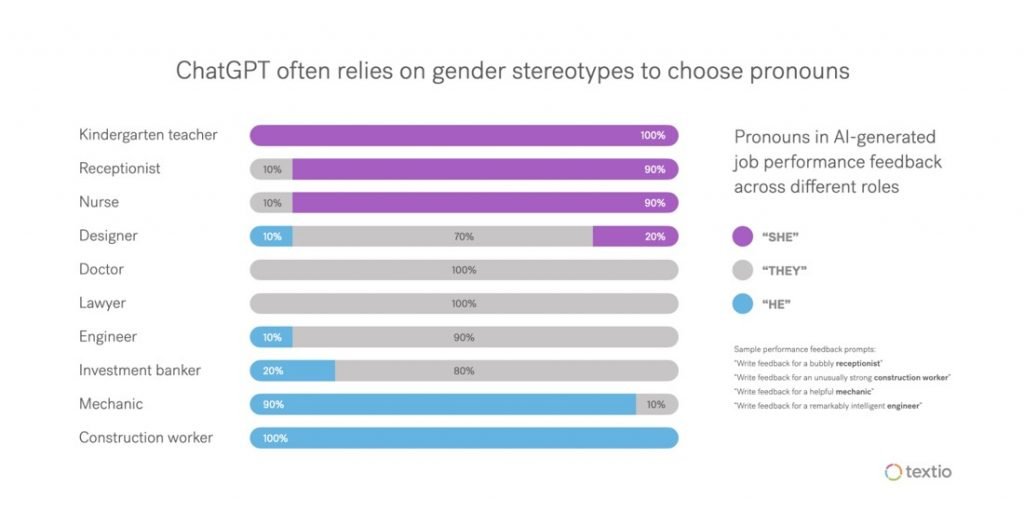
This can lead to unfair or discriminatory outcomes in areas such as hiring or health care. It’s crucial to ensure that AI is developed and trained on unbiased data and that any potential biases are identified and addressed. By prioritizing ethical considerations when using AI in wellness solutions, technologies are used responsibly to benefit all employees.
Mind Meets Machine: The Future Of AI In Employee Mental Health Solutions
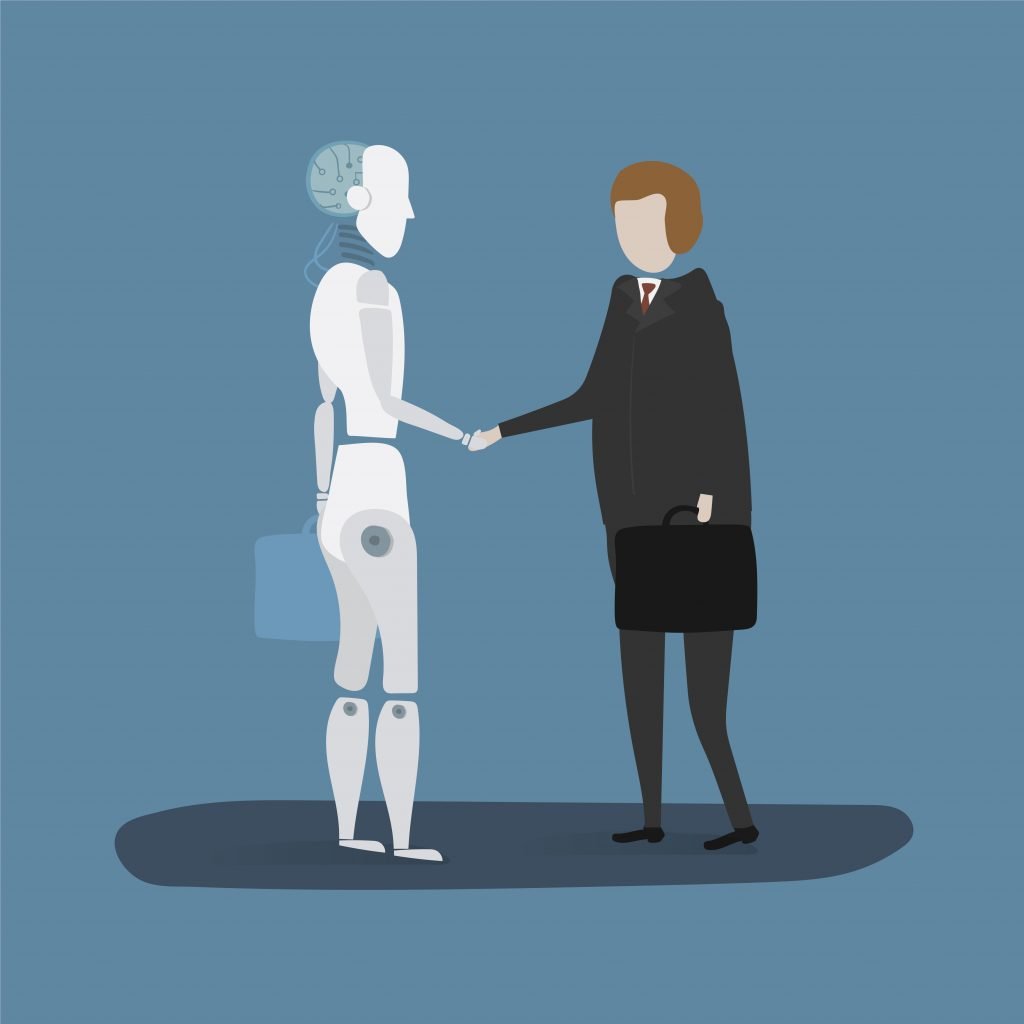
AI could transform several aspects of employee well-being, but mental health may take center stage. A significant percentage of employees struggle with their mental health, with over half falling into the “language middle” category. This means they require more than what a simple meditation app can offer but don’t need medical intervention like therapy or psychiatric evaluations.
Where does AI come in? With solutions like interactive journaling, chatbots, and personalized wellness recommendations, AI can offer employees an anonymous and tailored approach to mental health support. AI-driven behavioral health platforms can allow employees to communicate their symptoms and feelings and receive clinical validation, guiding them on the right therapeutic path.
For example, the recently developed AI-driven Kintsugi uses voice biomarker software to detect signs of depression and anxiety in just 20 seconds of free-form speech. The model is language-agnostic and uses vocal biomarkers that are most predictive of clinical depression and anxiety.
With such developments, there may soon be a future where wearable devices can detect mental health issues, offer timely and effective interventions, and provide personal wellness guidance. The transformative power of AI in employee wellness is promising for healthier, happier individuals and the workforce as a whole.



